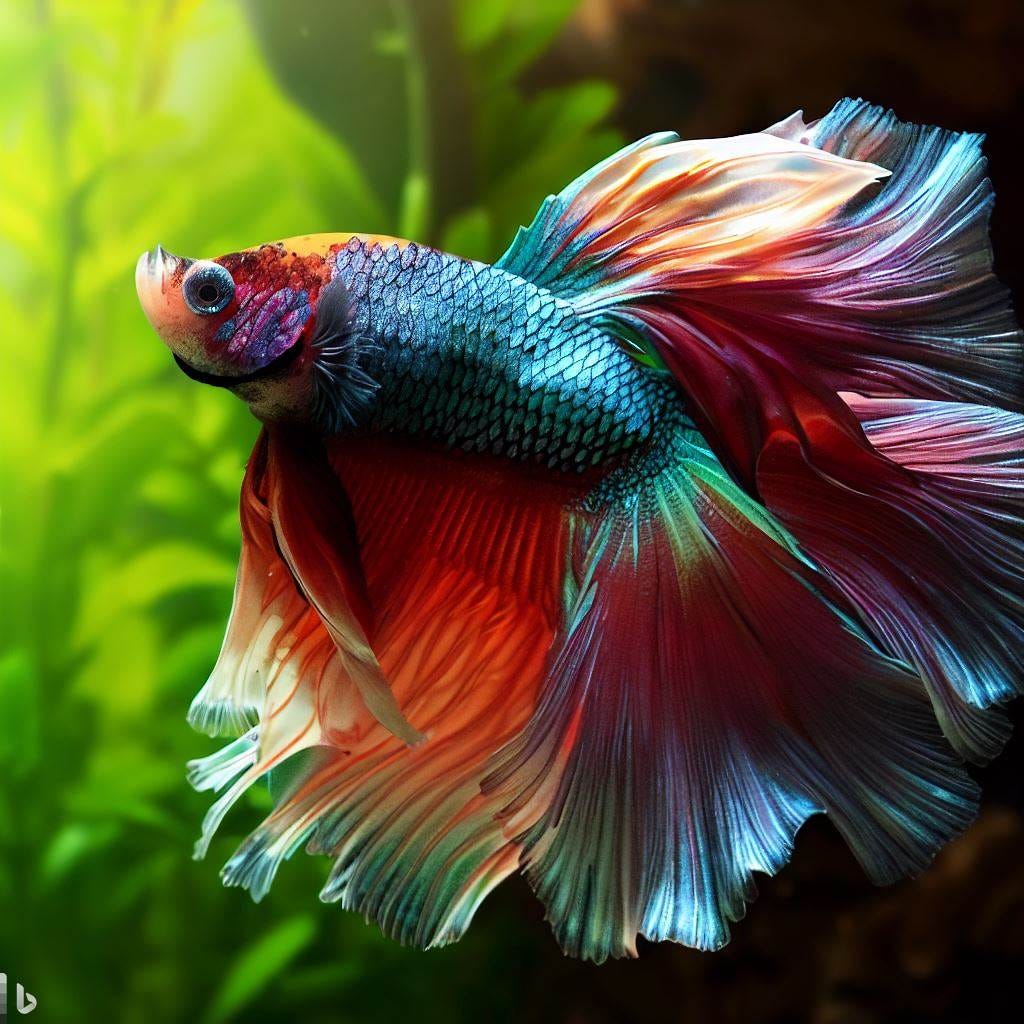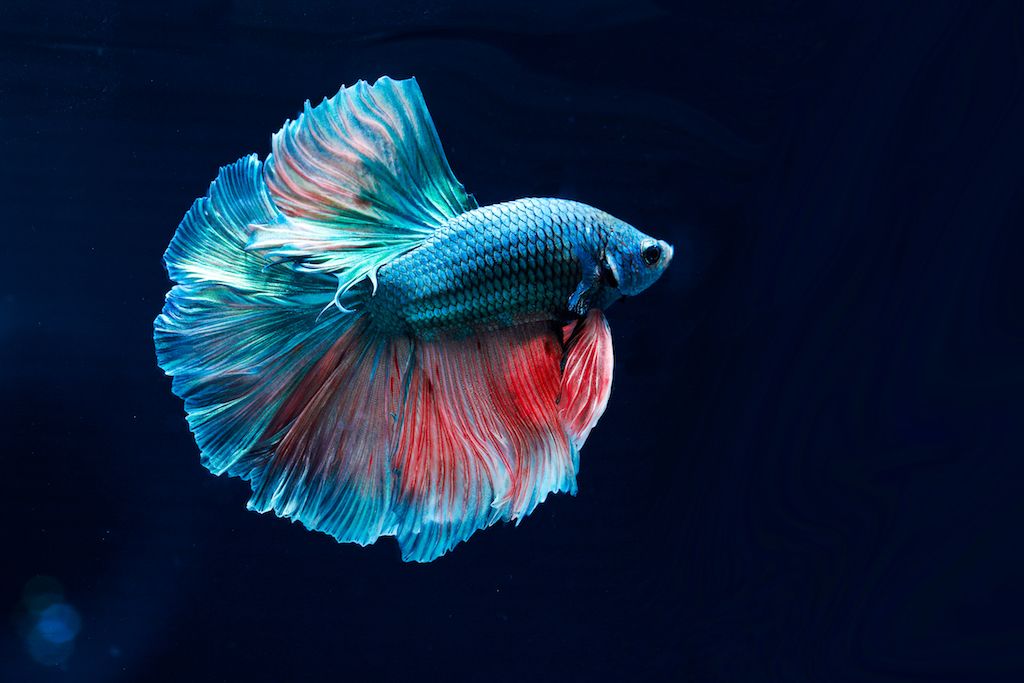Common Betta Fish Conditions and Exactly How to Prevent Them
Common Betta Fish Conditions and Exactly How to Prevent Them
Blog Article
Exactly How to Reproduce Betta Fish Efficiently: Expert Strategies and Insights for Hobbyists Aiming To Expand Their Betta Collection
Breeding Betta fish requires a nuanced understanding of genes and environmental conditions, making it vital for enthusiasts to come close to the procedure with both persistance and treatment. Producing an optimal reproduction atmosphere, selecting the appropriate sets, and observing the complexities of their courtship habits are foundational steps that can significantly affect the result. Additionally, the subsequent treatment of the fry is crucial for guaranteeing their healthy advancement. As we explore these key elements, it ends up being clear that successful reproduction is not almost the first pairing but incorporates a more comprehensive technique that qualities cautious consideration.
Recognizing Betta Fish Genetics
Recognizing the genes of Betta fish is essential for successful breeding, as it affects characteristics such as color, fin form, and habits. Betta fish exhibit a diverse range of shades and patterns, greatly determined by their hereditary makeup. The key genes liable for coloration consist of the "B" genetics for blue, "D" gene for red, and the "C" genetics for shade intensity. Dog breeders can adjust these attributes by choosing specific parent fish that exhibit desired qualities.
In addition to pigmentation, fin morphology is one more significant facet of Betta genetics (betta fish). The form and dimension of fins are influenced by different genes, including those that identify whether the fins are short, long, or veil-shaped. Understanding these genetic variations aids breeders predict the phenotypic end results of their offspring
Moreover, behavioral traits such as aggression and territoriality can also be influenced by genes. These actions play a crucial duty in the reproducing procedure, as they can influence generating success and the overall character of the resulting fry. By comprehensively understanding these hereditary concepts, breeders can make informed choices, eventually boosting their reproduction programs and attaining desirable results.
Preparing the Breeding Atmosphere
Producing an optimum reproduction atmosphere is vital for the effective reproduction of Betta fish. The very first action in preparing this atmosphere is to choose an appropriate reproduction container, ideally varying from 5 to 10 gallons. This size allows for adequate swimming room and the establishment of territories. The tank should be geared up with a heating system to keep a stable temperature between 78 ° F and 80 ° F, which is vital for motivating generating behavior.
Next, take into consideration using a sponge filter or an air stone to offer gentle water blood circulation without producing solid currents that can emphasize the fish. It is necessary to set up plants or breeding cones to offer hiding areas and advertise comfort for the lady throughout the spawning procedure. Drifting plants, such as Java moss or water sprite, can likewise produce a more native environment while facilitating bubble nest building by the man.
Prior to presenting the reproducing sets, make certain the water is conditioned and devoid of unsafe chemicals, such as chlorine or hefty steels. betta fish. Regular water changes should be conducted to preserve ideal water quality, enhancing the opportunities of successful breeding. With these preparations in position, the breeding atmosphere will certainly sustain the health and well-being of both Betta fish
Choosing Breeding Pairs
Picking the appropriate reproduction pairs is vital for accomplishing effective Betta fish reproduction. Healthy and balanced Betta fish show lively shades, clear eyes, and energetic behavior.
Temperament is one more crucial consideration, as Betta fish are known for their aggressive nature. It is suggested to select a man and lady that exhibit compatible personalities to lessen tension throughout the reproducing procedure. A tranquil male can encourage a smoother courtship, while a woman that is site as well hostile might interfere with the procedure.
Genetic history also plays a considerable duty in the quality of the children. Breeding fish that are genetically diverse can minimize the danger of hereditary health and wellness issues and improve the overall vigor of the fry. It is advantageous to research the lineage of both the male and lady, concentrating on desirable attributes such as recommended you read fin kind, color scheme, and size.
The Breeding Process
The reproduction procedure of Betta fish calls for careful planning and attention to information to ensure a successful end result. Originally, it is vital to prepare a suitable reproduction tank, ideally a 5-10 gallon fish tank with a temperature level kept at 78-80 ° F. The storage tank ought to be furnished with a heating unit, filter (ideally sponge type to stay clear of strong currents), and lots of marine plants for the lady to hide.
When the atmosphere is established, introduce the selected breeding set to the storage tank, allowing them to adjust. Observe their habits; the man will certainly present sophisticated courtship routines, consisting of flaring his fins and building a bubble nest. If the woman shows interest, she will display vertical stripes suggesting preparedness for spawning.
When the woman is responsive, the pair will participate in a mating welcome, during which the male feeds the eggs. It is vital to monitor their communications closely, as the male might end up being hostile. After spawning, remove the female to stop potential harm. The man will certainly tend to the eggs, which usually hatch out within 24-36 hours. Preserving optimum water conditions during this period is vital for the advancement of healthy and balanced Betta fry.
Caring for Betta Fry

Feeding Betta fry is important, as they require a diet high in healthy protein. They can be fed infusoria or liquid fry food, transitioning to finely crushed high-quality pellets as they grow. Feed small parts numerous times a day to motivate healthy and balanced development without overwhelming the tank with leftover food.

As they grow, monitor their development very top article closely and divide any type of hostile people to avoid injury. By offering a nurturing setting and correct nourishment, hobbyists can efficiently increase Betta fry into lively, healthy and balanced fish, inevitably enhancing their reproduction endeavors.
Conclusion
Successful Betta fish breeding calls for thorough focus to genetic choice, environmental problems, and treatment for the fry. By comprehending the genetics of Betta fish and preparing an ideal breeding environment, enthusiasts can boost the opportunities of creating vivid, healthy and balanced offspring.
Report this page